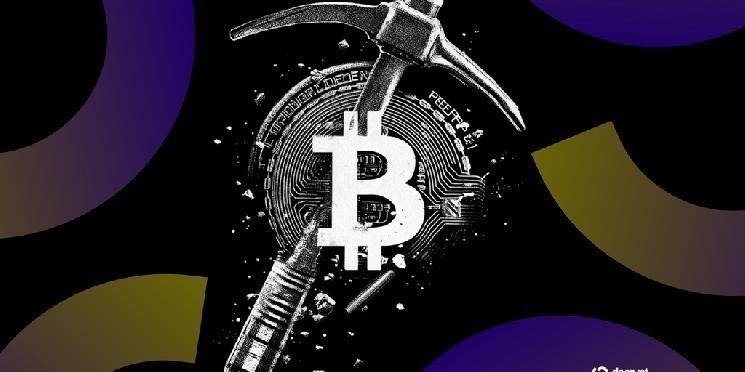Bitcoin miners are entering a period of new structural risks related to power contracts, firmware systems and hosting agreements as the industry enters a new year, according to Matthew Case, an independent analyst who tracks mining economics.
In a recent X post, Case explained that these pressures are forces operating below the surface while miners remain focused on the next halving (2028) and hardware cycles.
The analyst argued that these vulnerabilities could determine who controls Bitcoin’s hashrate and which companies survive the escalating power competition, as operational pain points shift from hardware to contracts, software and energy access.
“As the Bitcoin mining sector looks ahead to 2026, the biggest concerns like halving, machine efficiency, and price volatility are just scratching the surface,” Case wrote. “Things that threaten to reshape the industry lurk beneath the boardroom contracts, firmware stacks, and power grid policies.”
One of the issues he highlighted was the concentration of mining pools. Case pointed out that a 2025 analysis by Bitcoin developer b10c found that just six pools collectively produced more than 95% of the blocks.
“These pools control which transactions are included in or excluded from the block,” the post states. “This does not undermine Bitcoin’s censorship resistance unless these mining pools collude and decide to censor transactions.”
He also explained that lenders, firmware vendors and hosting providers can influence mining through contracts and management software. When certain conditions are met, the hash power can change without any direct action by the miner.
Case also pointed to changes in the energy market. Since 2009 and the start of the Bitcoin network, miners have relied on electricity that costs less than $0.03 per kilowatt-hour, but now these cheap sites are attracting data center operators building AI infrastructure, increasing competition for power.
A short-term outlook released by the U.S. Energy Information Administration last week projected wholesale electricity prices to rise to about $51 per megawatt hour in 2026, about 8.5% above current levels.
Case also said that control over mining firmware and pool software is another weak point, as it gives outsiders new ways to exert pressure. He explained that regulators and business partners can influence mining through payment systems and block templates, rather than changing Bitcoin’s core protocols.
“This means that regulatory and corporate pressures may target the software stack rather than the protocols themselves. Enforcing KYC, payment freezes (and) template censorship, all without lifting regulatory prohibitions,” he wrote.
Case added that it is becoming increasingly difficult to find a physical location. Even if a facility has a 50-megawatt contract, it could lose out if it offers more money or the hosting terms change.
“Miners who believe that access to a site will be free or inexpensive indefinitely may wake up in 2026 with a host contract stuck or with an indecipherable extension clause,” he said.
Other analysts agreed, noting that while these pressures exist, miners have already adapted to the difficult times so far. Jesse Corzani, a partner at mining research and consulting firm Broxbridge, agreed that the risks are real, but said the industry is stronger and more energy-focused than the framework suggests.
Corzani explained that mining pools are not a permanent bottleneck, as operators often switch pools if payment terms change or problems arise. He said past events show that hashrate can fluctuate rapidly.
Regarding electricity prices, Colzani pointed out that miners are not limited to one country or region. They can work in areas with unused power and limited infrastructure, where big technology companies are unlikely to compete.
“There are a ton of places where there are power plant holdups, weak fiber connections and regulatory issues where hyperscalers may not be attractive,” he said. decryption. “Miners also happen to be the only players willing to ‘tolerate negative prices’, suppress mandates, and stabilize renewable energy. AI cannot do that. Therefore, miners will end up winning deals that AI cannot absorb.”
Despite these concerns, Corzani said Bitcoin’s long-term security depends not only on block rewards, but also hash prices, energy costs, capital investment cycles, and global engagement. He pointed out that hashrate has reached record highs even when fees are low, indicating that the market has already adapted to subsidy cuts. He also said that risks such as disasters and insurance issues are normal for any industry, not just Bitcoin.
“If AI competes for power, the miners are already in danger,” he says. “In general, as long as miners have good energy partnerships, behind-the-meter access, and flexible mining models, they won’t really be competing with AI.”


